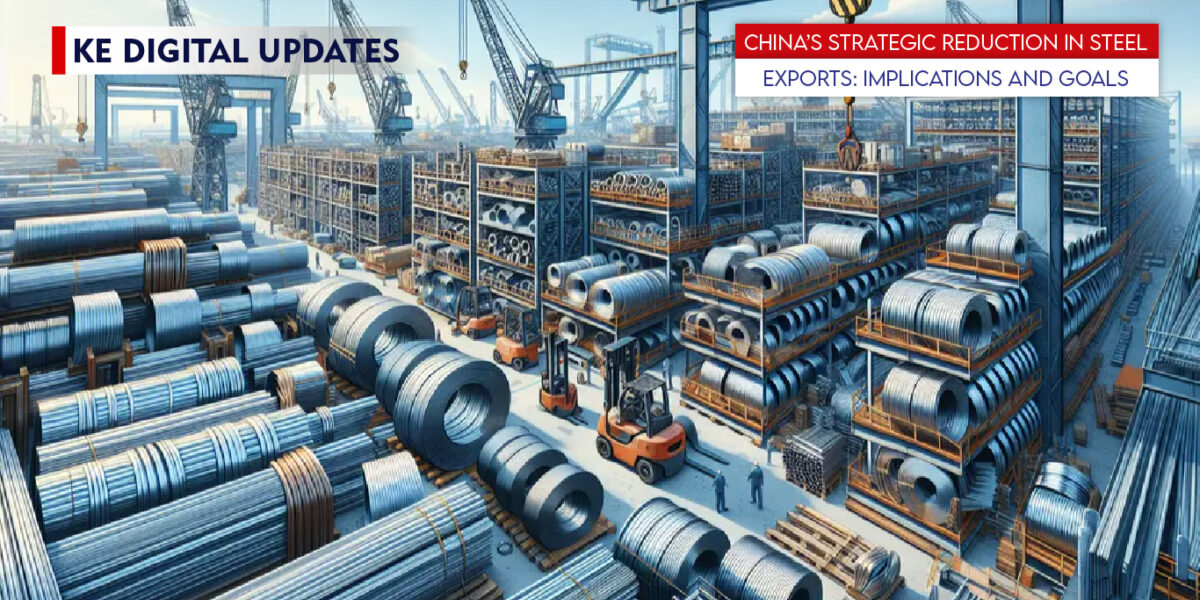Published on Oct 23, 2024
China, the world’s largest steel producer, has announced plans to reduce its steel exports to between 90 and 100 million tons by 2025. This strategic move is part of a broader effort to shift focus towards higher-quality steel production and to better meet domestic demand. Analysts predict that this reduction will have significant implications for global steel markets, potentially leading to higher prices and shifts in trade dynamics.
Focus on Quality and Domestic Demand
China’s decision to cut steel exports is driven by a desire to enhance the quality of its steel production. By reducing the volume of exports, China aims to allocate more resources towards producing higher-quality steel products. This shift is expected to meet the growing domestic demand for superior steel, which is essential for the country’s infrastructure projects and industrial advancements.
Impact on Global Steel Markets
Reducing Chinese steel exports is likely to ripple effect on global steel markets. As one of the largest exporters, any significant change in China’s export volume can influence global supply and demand dynamics. Analysts believe that the reduction could lead to higher steel prices worldwide. Countries relying heavily on Chinese steel imports may need to seek alternative suppliers, potentially reshaping trade relationships and market strategies.
Environmental and Sustainability Goals
China’s move to cut steel exports aligns with its environmental and sustainability goals. The steel industry is a major contributor to carbon emissions, and reducing export volumes is part of China’s strategy to lower its carbon footprint. By focusing on producing higher-quality steel, which often involves more efficient and environmentally friendly processes, China aims to promote sustainable development within the industry.
Strategic Implications
This strategic reduction in steel exports reflects China’s long-term vision for its steel industry. China is positioning itself as a leader in high-quality steel production by prioritizing quality over quantity. This move is expected to enhance the competitiveness of Chinese steel in the global market, even as export volumes decrease. Additionally, it underscores China’s commitment to balancing economic growth with environmental responsibility.
Conclusion
China’s plan to reduce its steel exports to 90-100 million tons by 2025 marks a significant shift in its industrial strategy. This move will impact global steel markets, increase prices, and alter trade dynamics. At the same time, it aligns with China’s goals of improving steel quality, meeting domestic demand, and promoting sustainable development. As the world adjusts to these changes, the global steel industry must adapt to the new landscape shaped by China’s strategic decisions.


